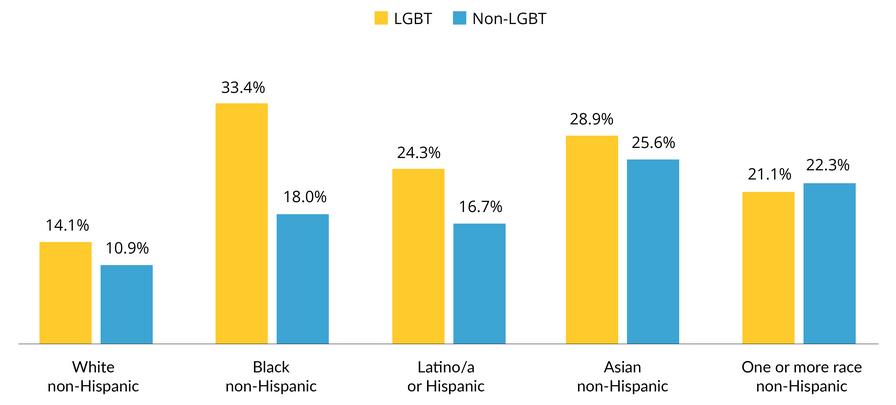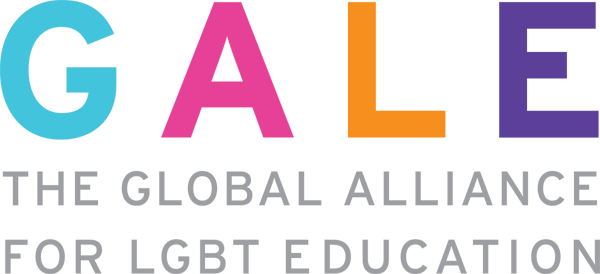One in five USA LGBTQ high school students are hungry

23 June 2023 - In a policy brief, the US Williams Institute reports that twenty percent of high school students in three USA States was hungry last month. They did not have enough food to eat. This compares to 15,7% of non-LGBT teenagers. It is estimated that 371.000 USA teenagers face hunger due to food insecurity. As usual, race plays an exacerbating role, with white and non-Hispanic LGBTQ students scoring similar to their cisgender fellow students.

Reasons for hunger
The Williams brief is based on existing research databases. As for the reasons for the differences in hunger between LGBT and other students, the brief explains that school-based meals served through the National School Lunch Program and the School Breakfast Program are a reliable food source for U.S. students. But accessing such school-based meals is more difficult for LGBTQ youth.
About one in three LGBTQ high school youth has been bullied at school in the past year. This is about twice as many as their non-LGBTQ peers. This increases the likelihood of skipping school, avoiding the cafeteria, and missing meals to be safe.
Nearly a third of LGBTQ youth (32.2%) who completed GLSEN’s 2021 National School Climate Survey missed a day of school in the past month because they felt unsafe or uncomfortable. More than one in ten (11.3%) missed four or more days of school.
More than one in five (22.2%) LGBTQ+ youth avoided lunchrooms and cafeterias because they felt unsafe or uncomfortable.
It was found that youth aged 18-24 also faced hunger, although to a lesser extent than high-schoolers. They often get less pay for their work and in 30% of the cases they did not have work at all.
Strategies to remedy the problem
The main strategy to improve access to food for high school LGBTQ youth is to prevent school-based bullying. More specifically securing that LGBTQ youth does actually access food through the National School Lunch Program could also help.
The Williams Institute thinks that a USA-wide surveillance of hunger among high school students by sexual orientation and gender identity is essential. Currently, information about intersex youth is missing, and should be included in such research.


